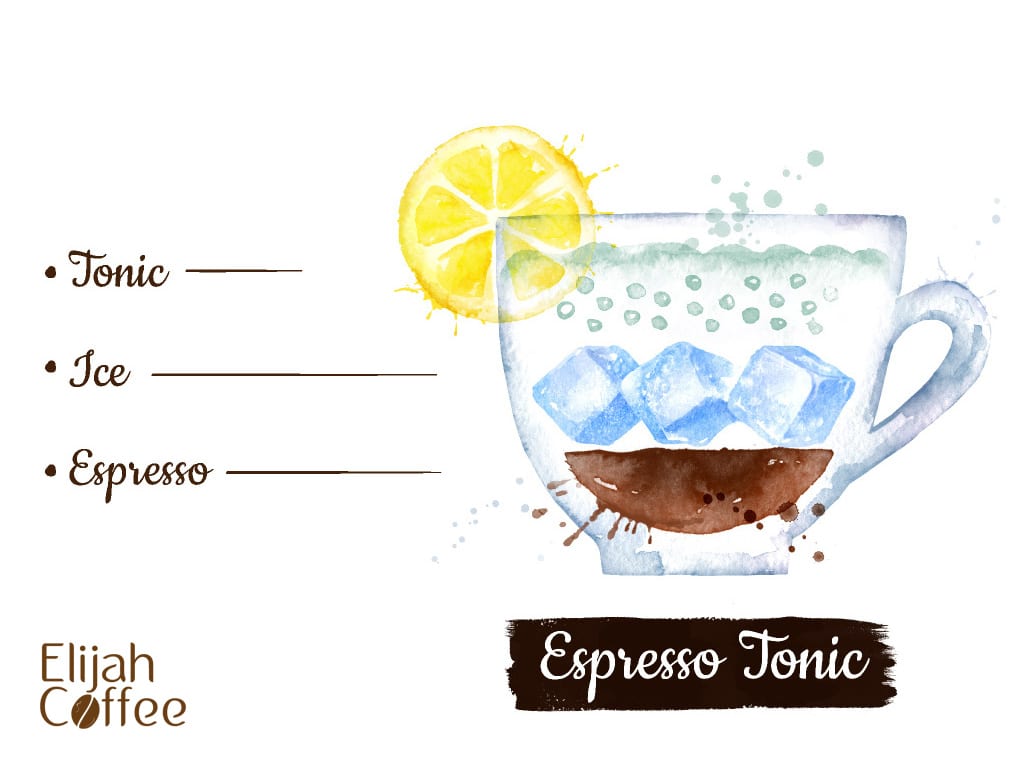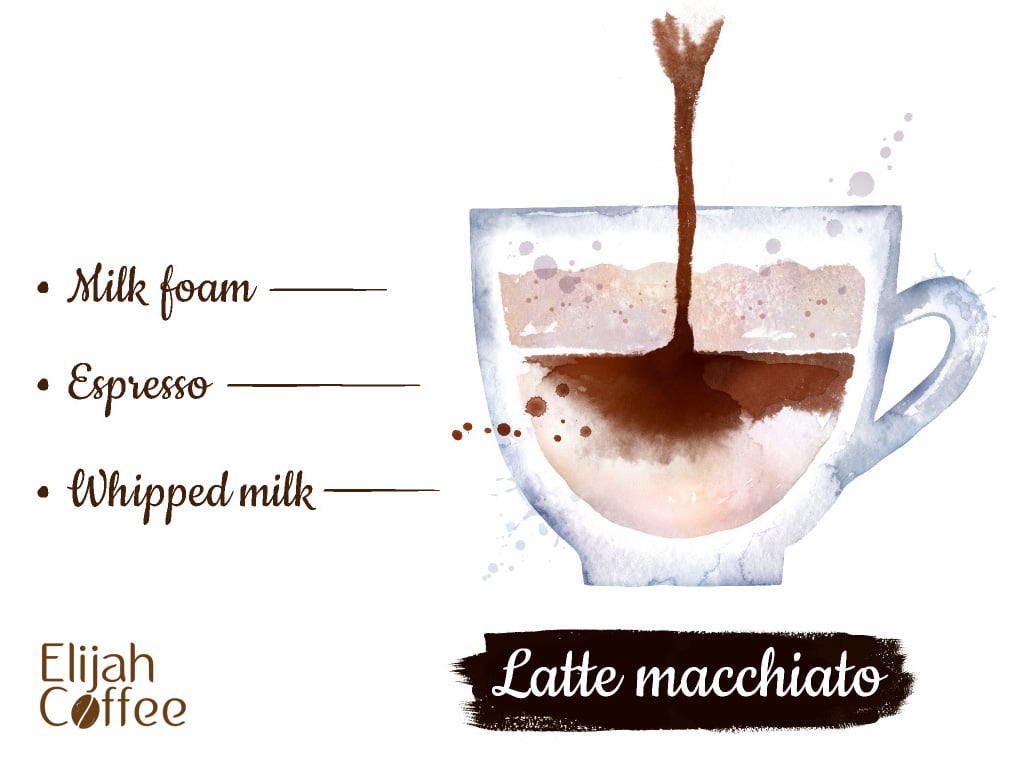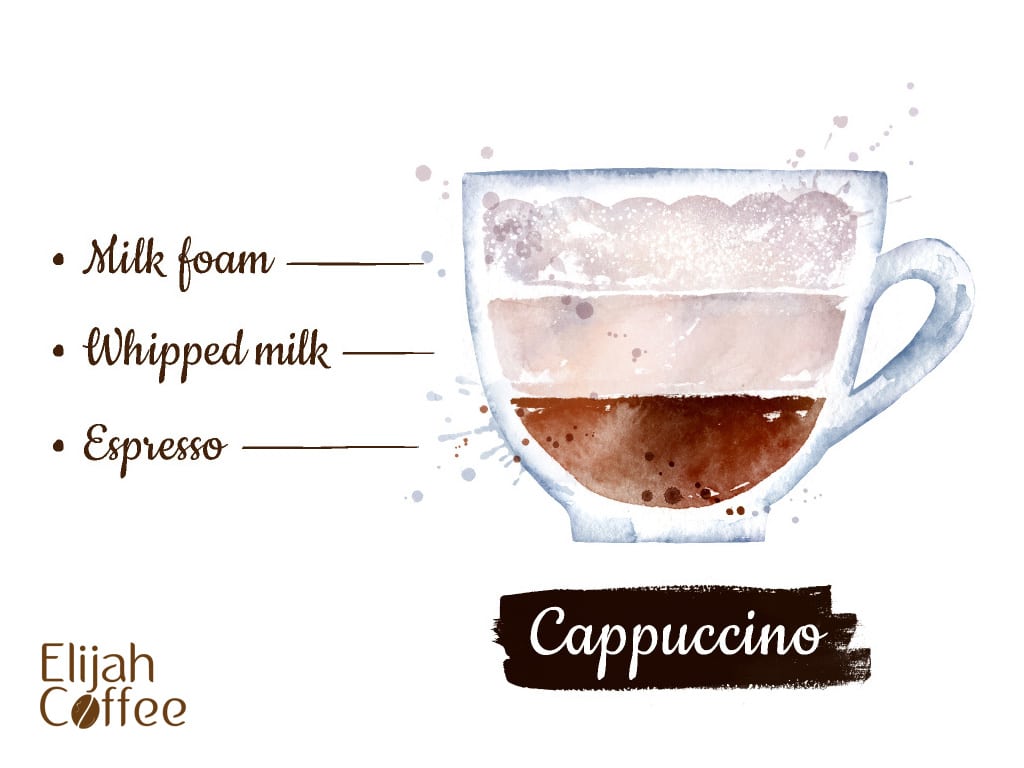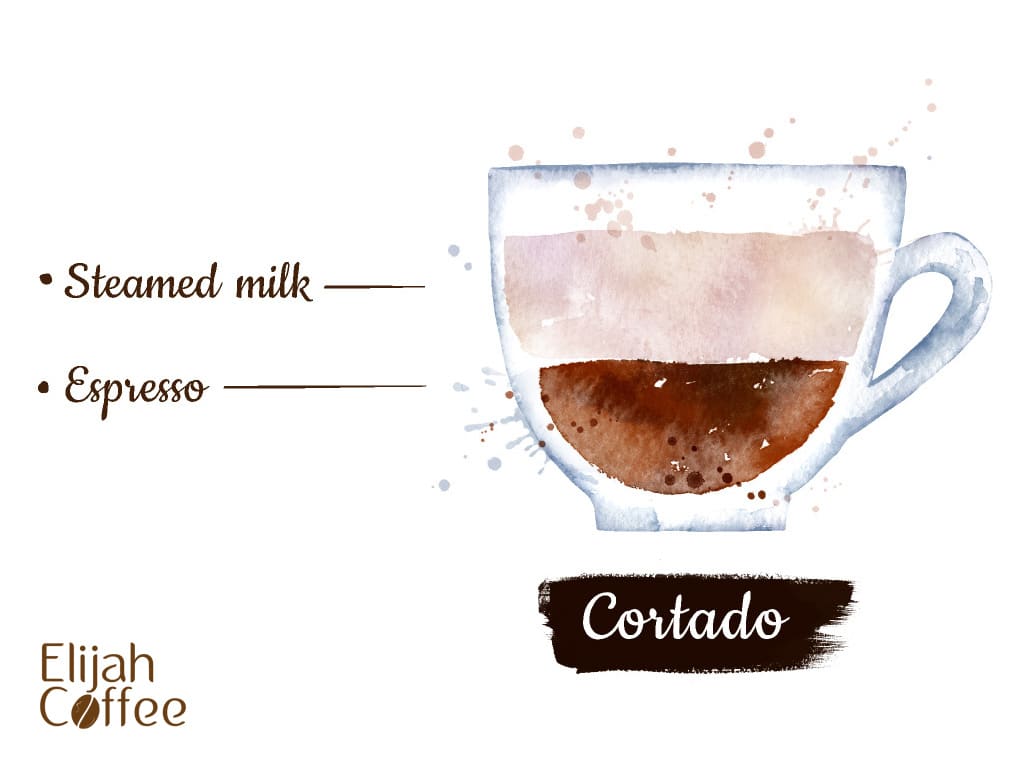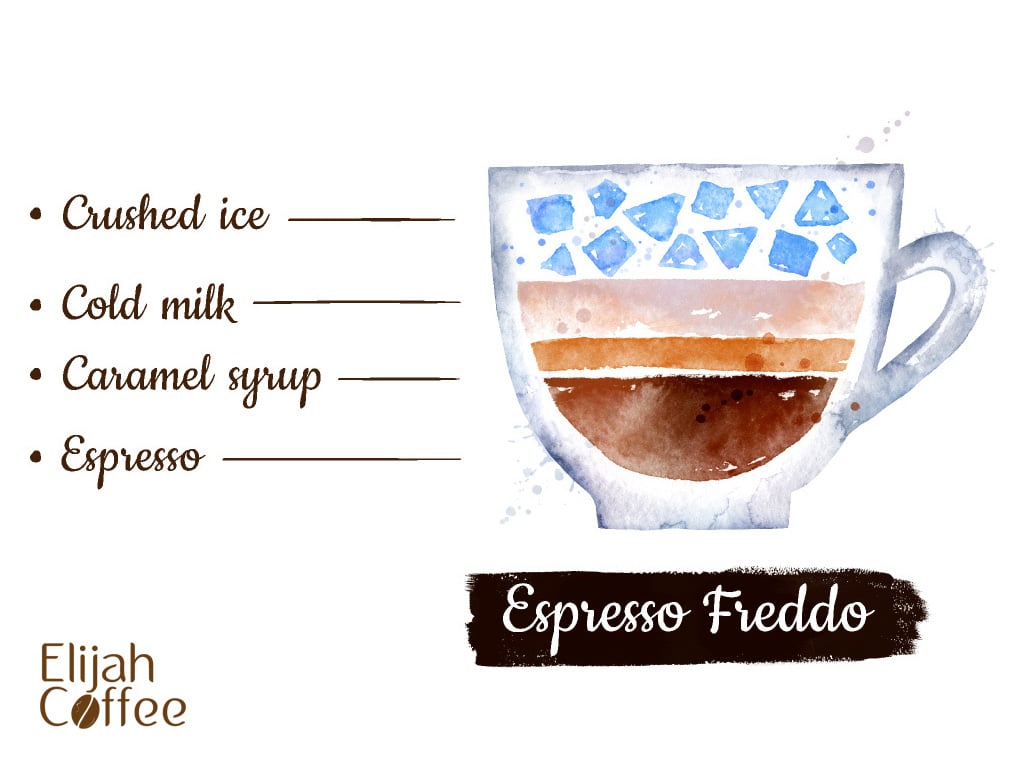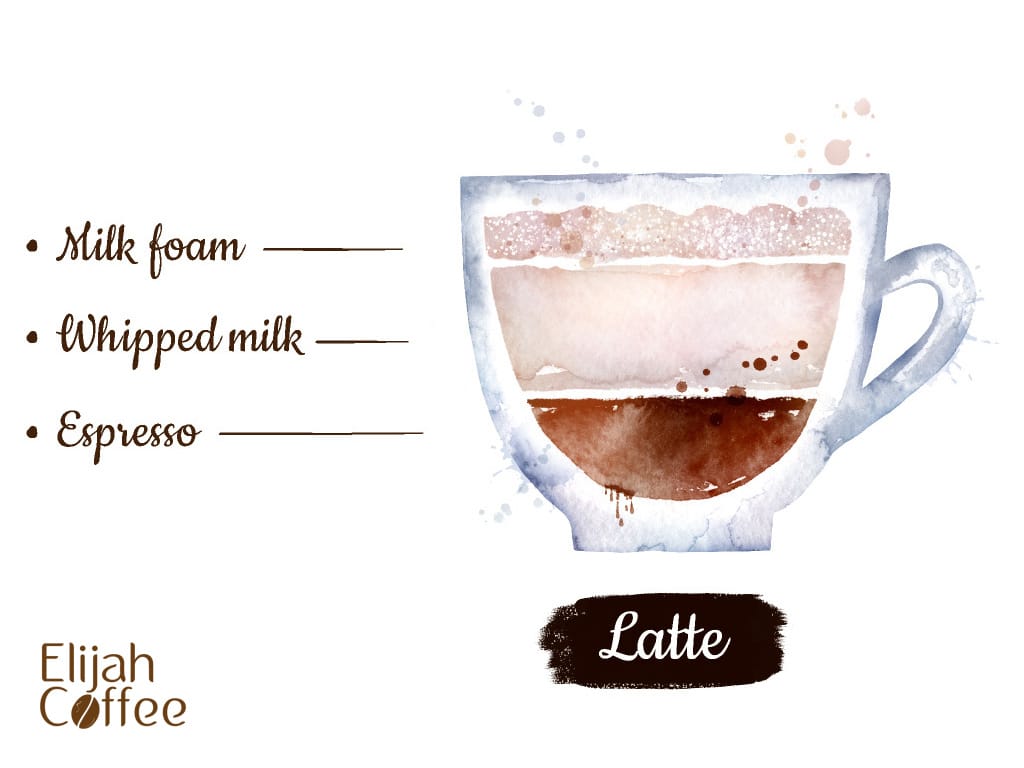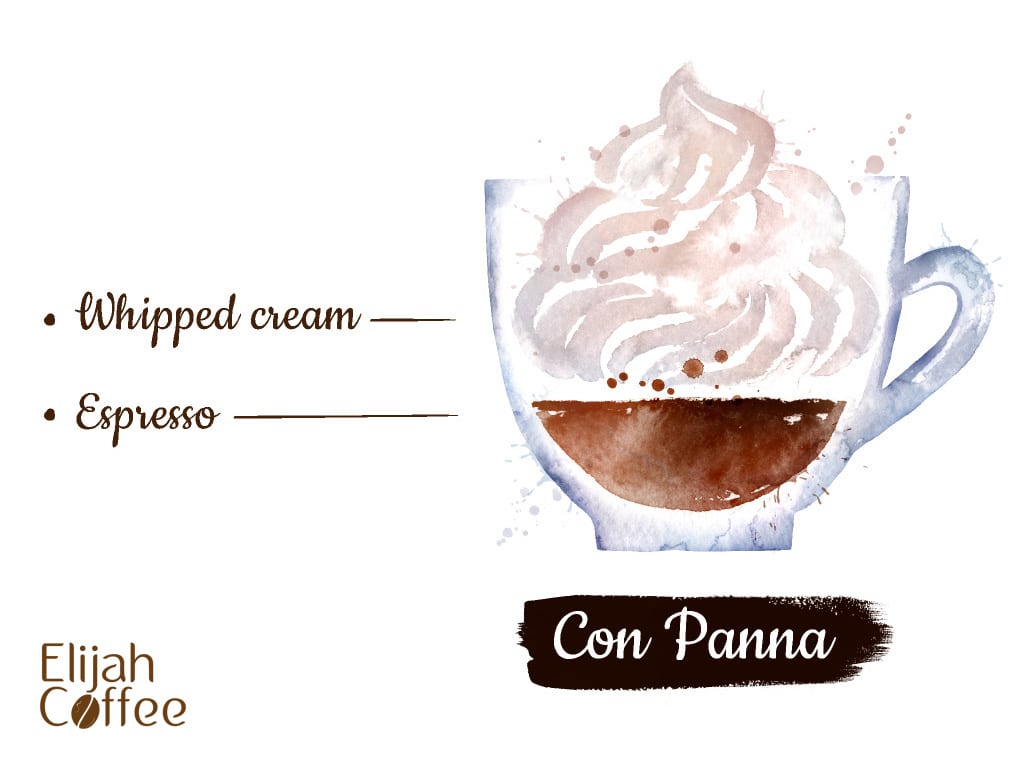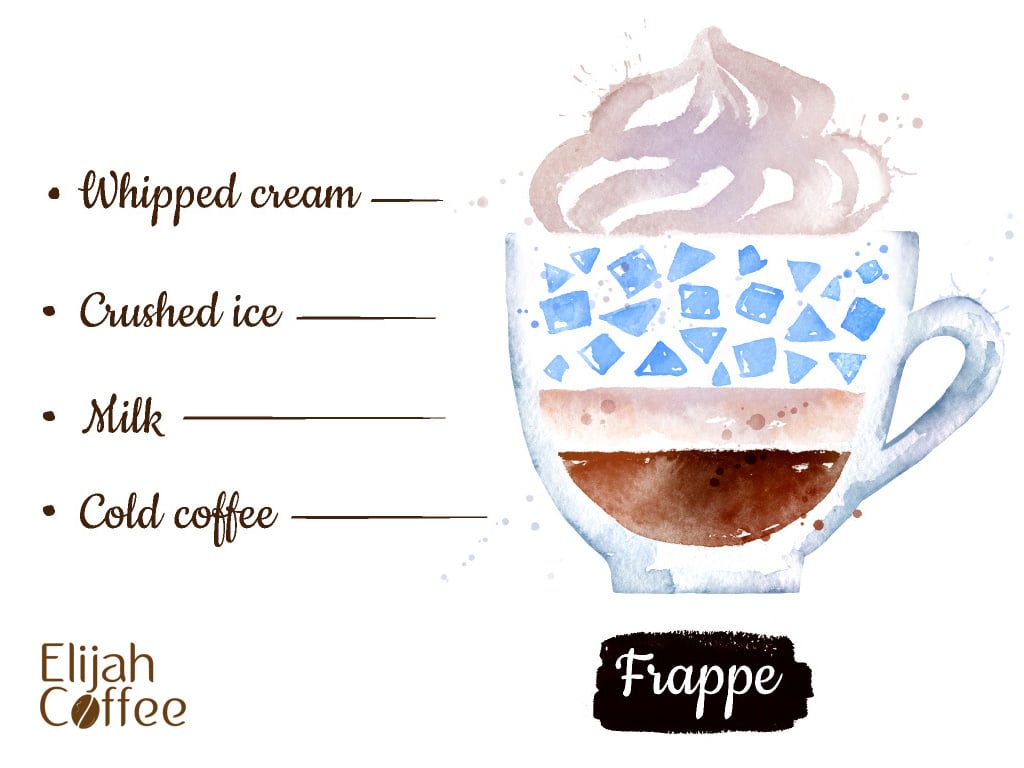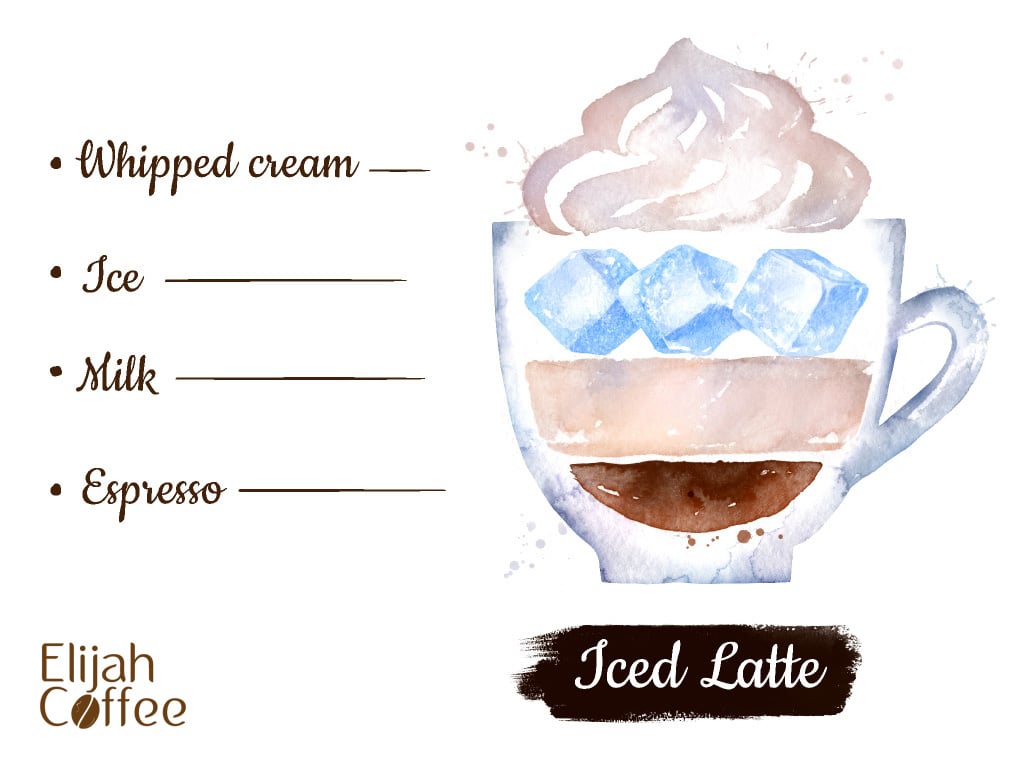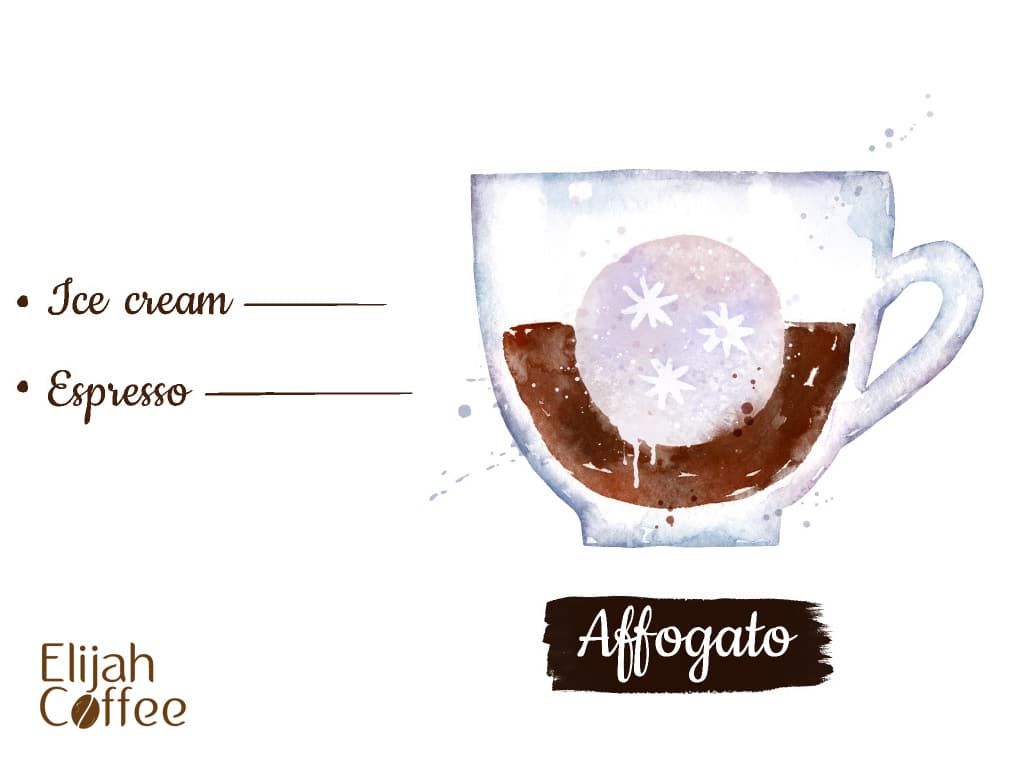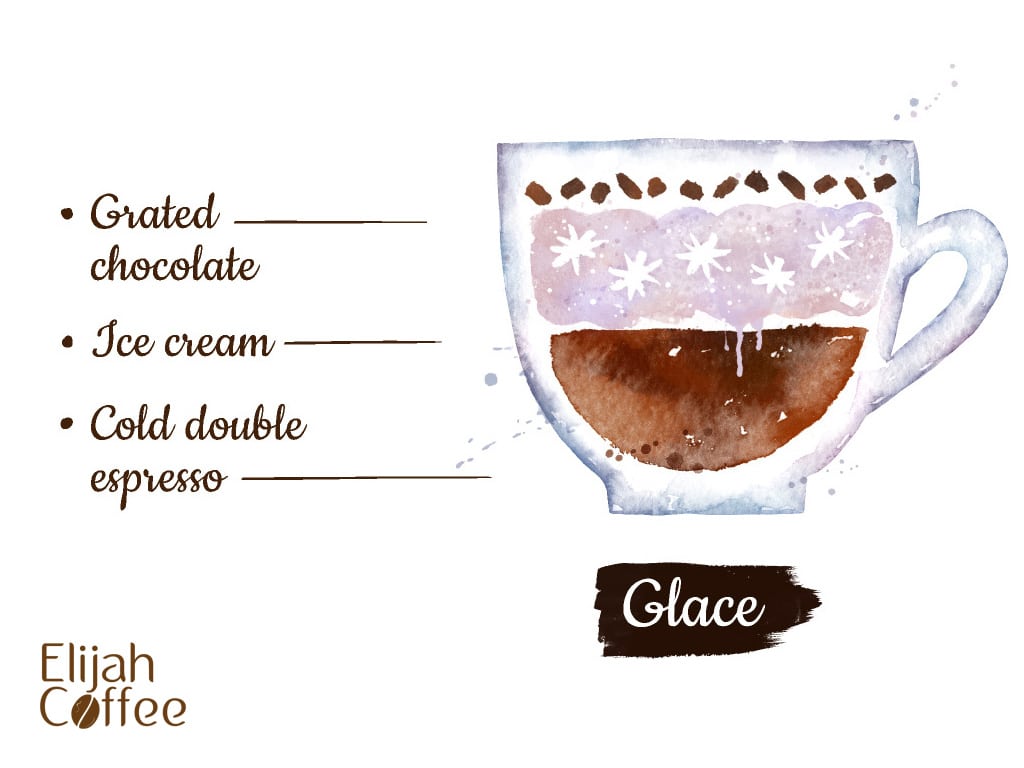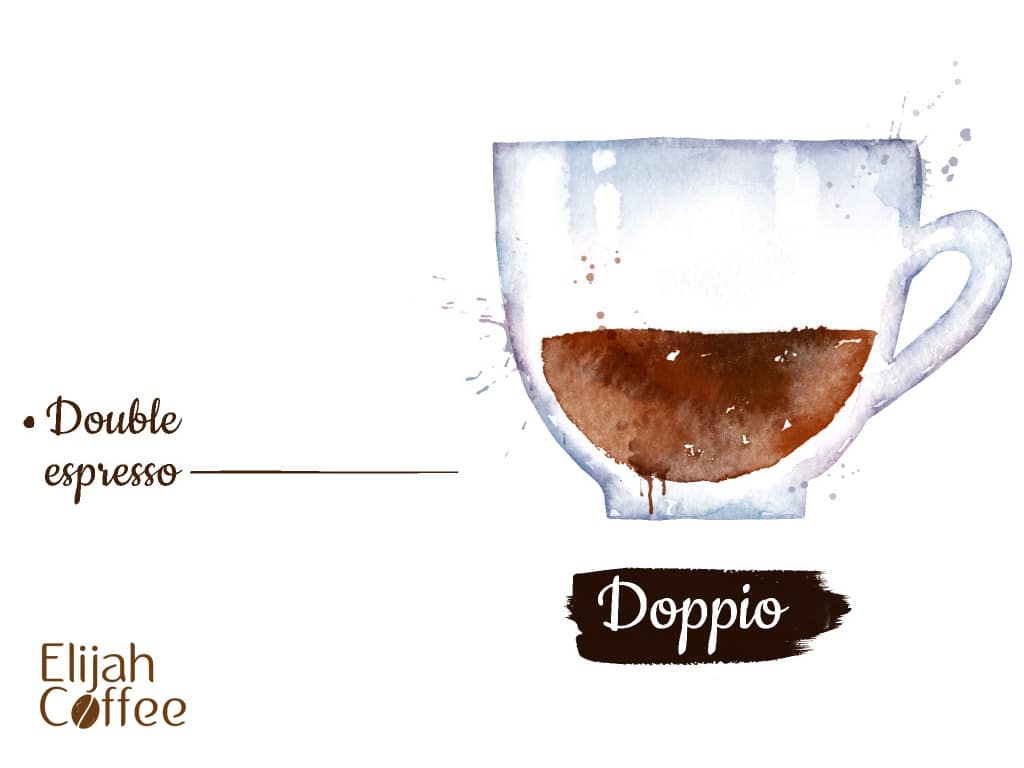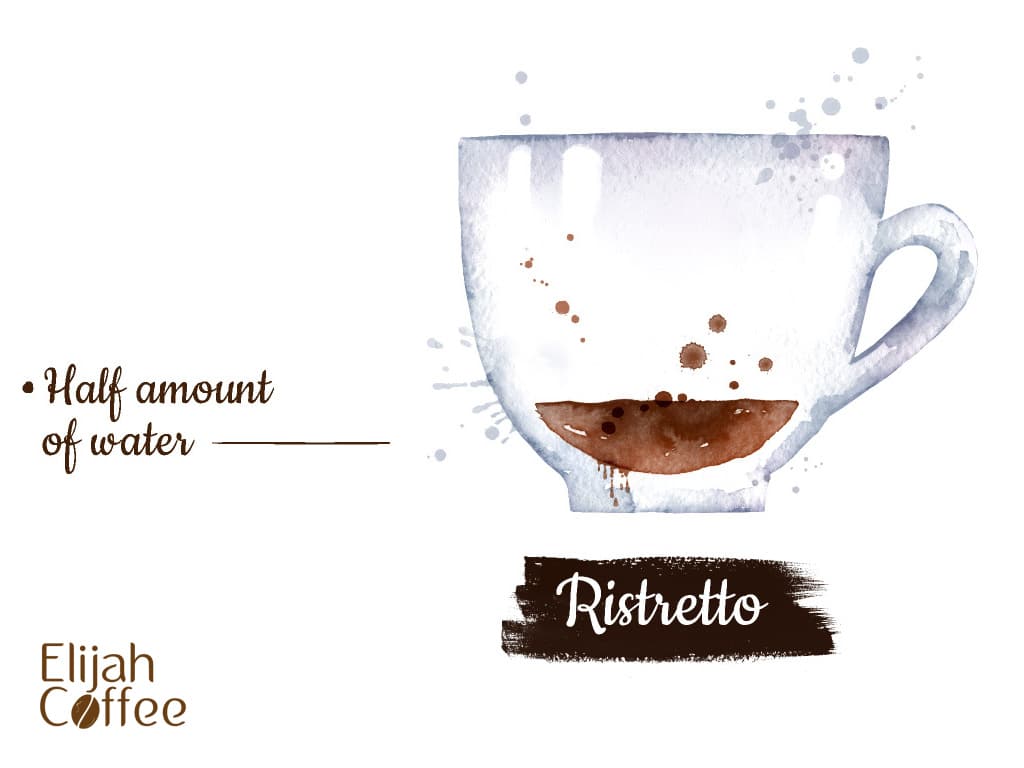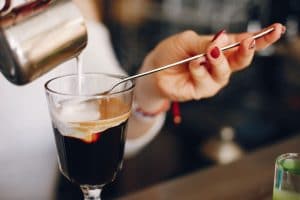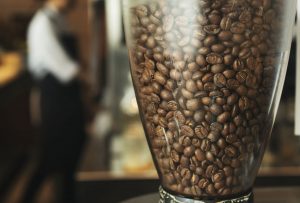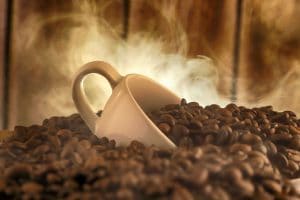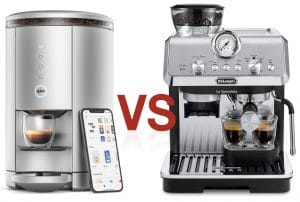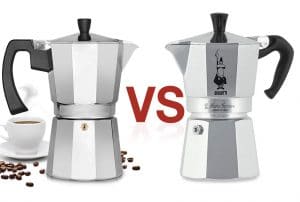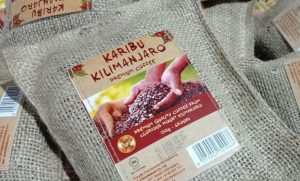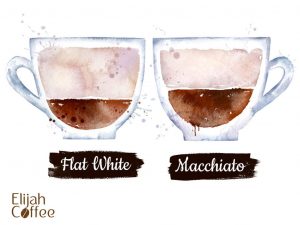I remember coffee percolating when I awoke as a kid. Later, that was my first cup – so smooth. I also remember seeing my first Moka pot.
My friend was a Cuban coffee salesman. His wife carried out a tray with a Moka and tiny cups after lunch. I frowned. She laughed and filled the cups. My friend told me to toss one back. WOW! What made the difference?
What Is A Moka Pot?
The origin of the Moka pot, also known as a Bialetti, is disputed. We know the Moka pot arrived in 1933. It carries the name of the city that began coffee trading, Mocha, Yemen (The Bialetti has the surname of Alfonso Bialetti, who patented the pot).
The pot is a small aluminum stove-top or electric vessel that uses steam to force boiling water through finely-ground coffee into a collection chamber.
How Does It Work?
A Moka pot has three parts. The boiler holds the water. A metal filter basket with a long center spout sits on the boiler with its spout pointing down. Finely ground coffee goes into the basket. The collection chamber has a second filter at the bottom of a long spout going up into the chamber. The chamber and lid screws down onto the boiler.
The water in the boiler heats to the boiling point. Steam rises and creates pressure, forcing the boiling water up through the spout into the filter basket.
The water passes through the coffee grounds and continues up the spout into the collection chamber. As it spurts from the spout, it hits the lid and falls into the collection chamber.
What Does The Coffee Taste Like?
The Moka produces a coffee similar to espresso. It is a cheaper alternative to the large, expensive espresso machine. The coffee is dark, thick, robust, bold, and strong. If you want a definite afternoon pick-me-up, get a Moka.
The only differences between the Moka’s faux-spesso and authentic espresso are the pressure of the steam used and the crema on top of the coffee. Espresso reaches 9 bars, and a Moka can only achieve about 6. The higher pressure of espresso creates a crema or dark froth, so beloved by espresso drinkers, on top of the coffee. A Moka pot is unable to generate a crema.
What Is A Percolator?
We have a Parisian tinsmith, Joseph-Henry-Marie Laurens, to thank for the arrival of the percolator in 1819. Percolators are medium to large stove-top or electric pots made of various materials designed to force almost boiling water up through a tube. Then, the water runs down through medium-ground coffee.
How Does It Work?
There are only two parts to a percolator. The pot and a long metal tube topped with a metal filter basket are all there is. Oh, there is the pot lid, too. The basket sits on top of the pot with the tube facing down.
Water begins to boil in the bottom of the pot, and as it bubbles, it is forced up through the tube and onto the pot lid, where it falls back into the medium-ground coffee in the filter basket. The water runs through the grounds, through the filter, back into the water below, and continues to recirculate. It is a coffee pot unrivaled for its simplicity.
How Does It Taste?
The coffee produced by a percolator is a simple, average cup of coffee. There isn’t anything spectacular about it, but it is far from being undrinkable (such as grandpa’s cowboy coffee. Let me tell you about it – he poured coffee into a sock and dunked it into a boiling pot of water. Uhm, Uhm, gack!).
…And The Decision Is…
Coffee made by a Moka pot is consistent, rich, flavorful, and strong. The strength is a pro or a con depending on your taste. I love it, but others think it goes overboard. A definite disadvantage is the size of the pot.
The largest Moka pot I’ve seen can make 12cups, but they would never be able to brew coffee for a family reunion or large gathering.
Coffee from a percolator is average, delighting many coffee drinkers, but it fails on consistency. Gravity pulls the water through the filter. That can create a channeling effect, leading to over-extracted, bitter coffee. It can be pure luck to get a good, smooth cup. However, pot size is the big win for the percolator. It can quickly and easily make coffee for a family, large group, or a big party.




